Ancient Egypt and Egyptian culture have fascinated the world for centuries. From the massive tomb monuments known as pyramids to the complex hieroglyphics that baffled linguists and Egyptologists for decades, there’s a wealth of astonishing information to captivate the imagination.
Names are among the most delightful details when learning about any culture. Knowing the name of someone who lived thousands of years ago can create a connection and a sense of kinship.
Here are 20 Ancient Egyptian masculine names that connect to some of the most intriguing figures in this incredible ancient culture.
1. Menes

Traditionally, the name of a pharaoh from the 31st century BC, Menes, is supposed to have united Upper and Lower Egypt. The name translates to “he who endures.” Menes might have been the name he chose when he took the throne.
2. Ramesses

A popular moniker for royalty, eleven New Kingdom pharaohs took the name Ramesses. Meaning “born of Ra,” Ramasses II the Great is among the illustrious bearers of the name. He constructed monuments and fought the Hittites in the 13th century BC.
3. Sneferu
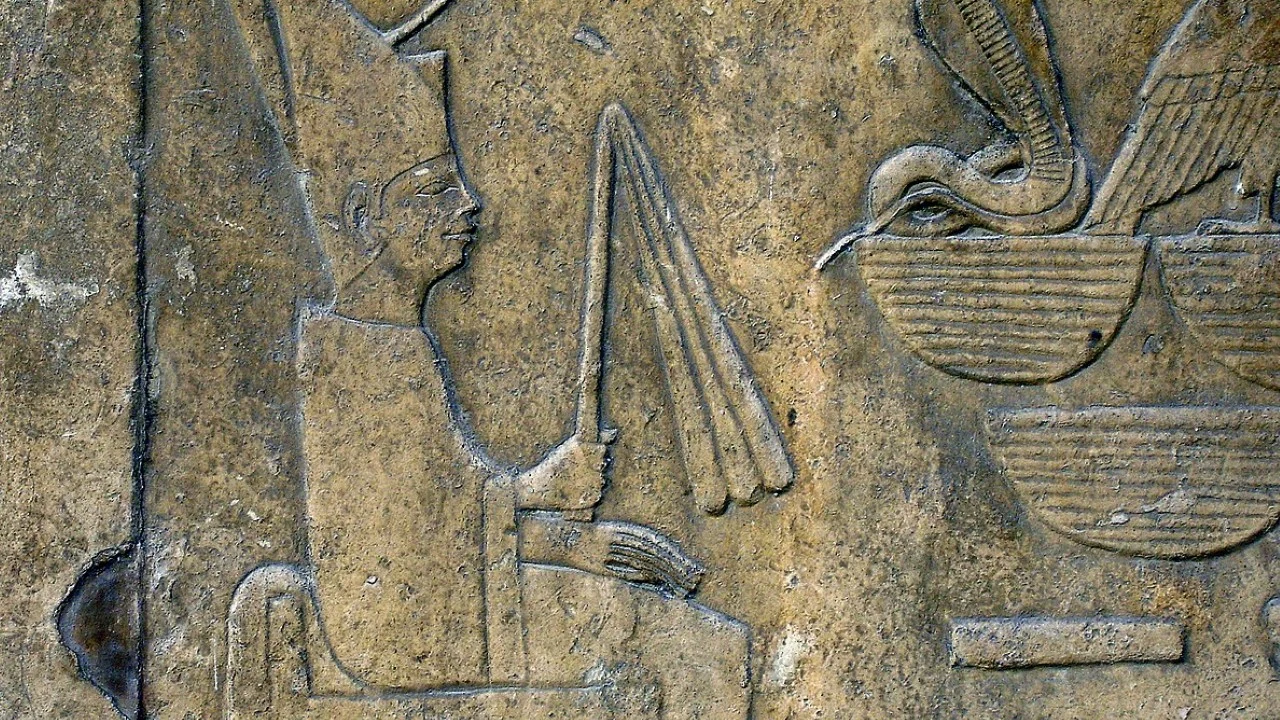
Sneferu founded the 4th dynasty of the Old Kingdom in the 27th century BC. He must have been very attractive–or vain–because his name means “he has made me beautiful.”
4. Thutmose
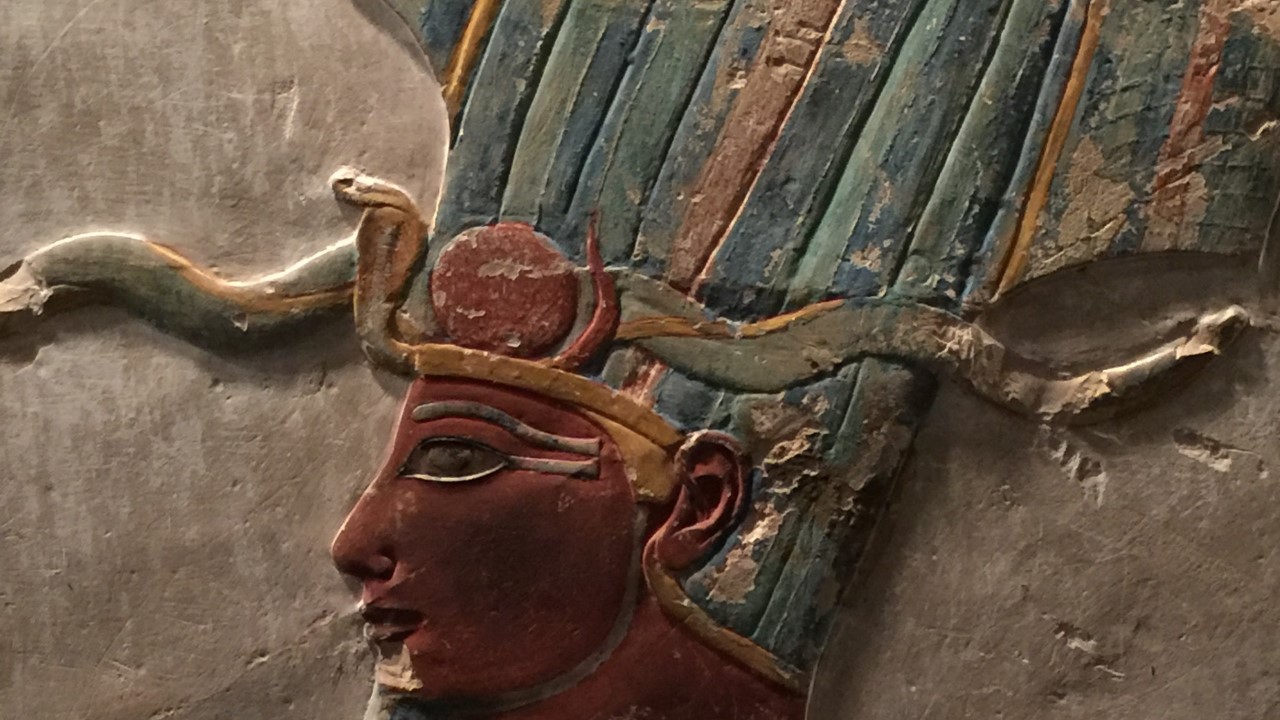
Another prestigious name adopted by New Kingdom pharaohs was Thutmose, a choice made by four rulers during this era. Translated as “born of Thoth,” the most famous was Thutmose III from the 15th century BC, who conquered Syria and Nubia.
5. Tutankhamun
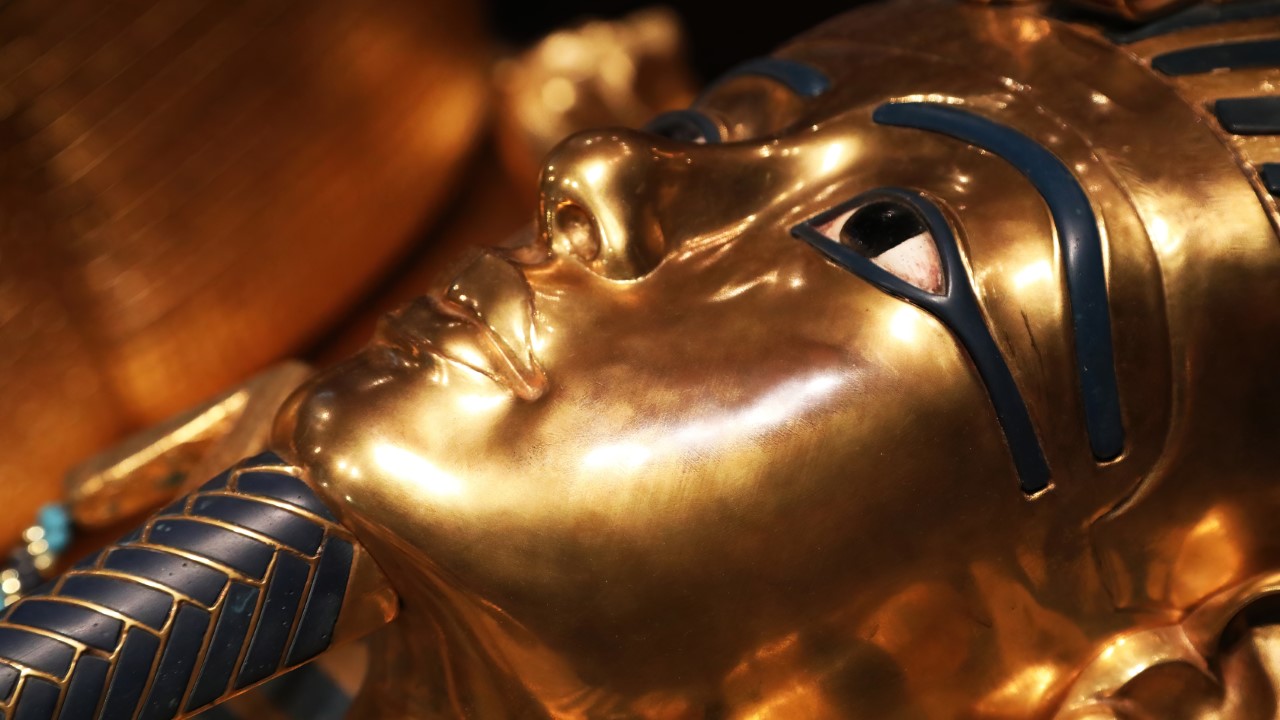
A relatively unimportant pharaoh in his own time, the boy known as King Tut, was essential to Egyptologists. His royal burial chamber was the only one discovered intact in the modern era. His name means “image of the life of Amon.”
6. Khnum-Khufu

Builder of the largest pyramid at Giza, Khnum-Khufu, ruled during the 4th dynasty in the 26th century BC. He used several names, including the short form Khufu and the Greek form of his name, Cheops. His name means “Khnum protects me.”
7. Imhotep
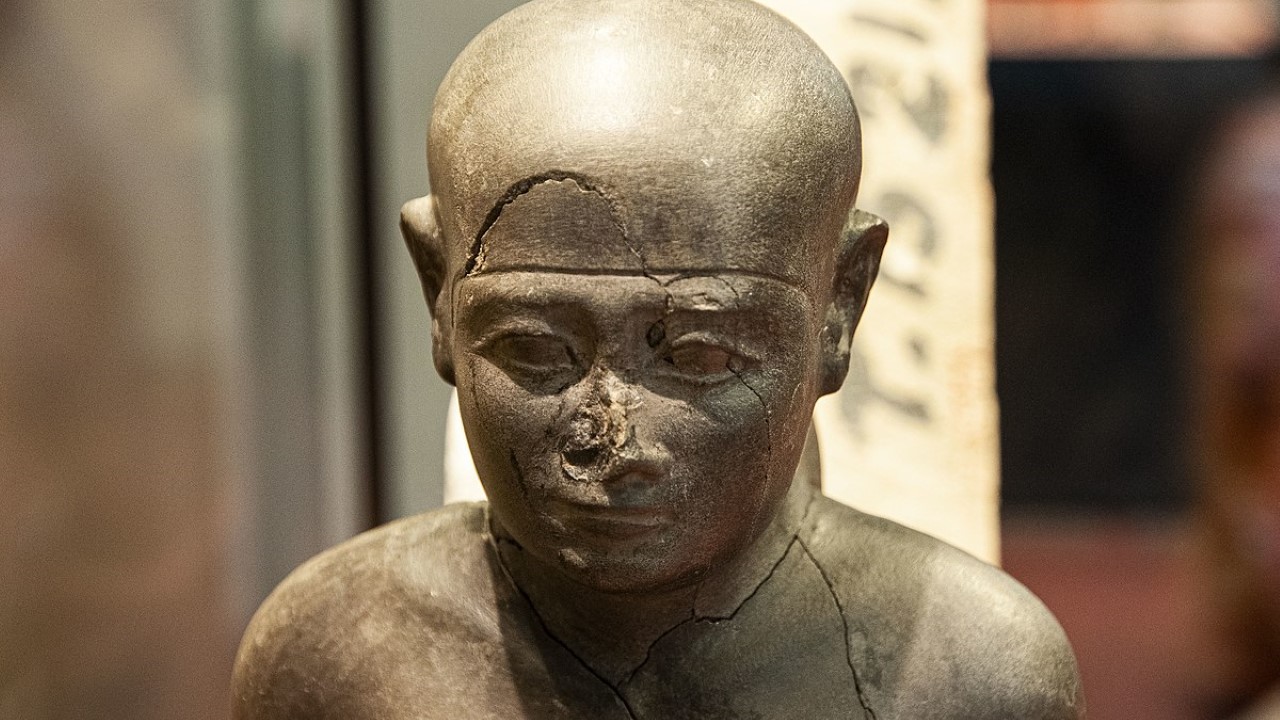
Not a pharaoh, Imhotep wore many hats. Priest, architect, and physician, he served as chief minister to Djoser in the 27th century BC. Known for designing the step pyramid at Saqqara, Imhotep means “he comes in peace.”
8. Djoser
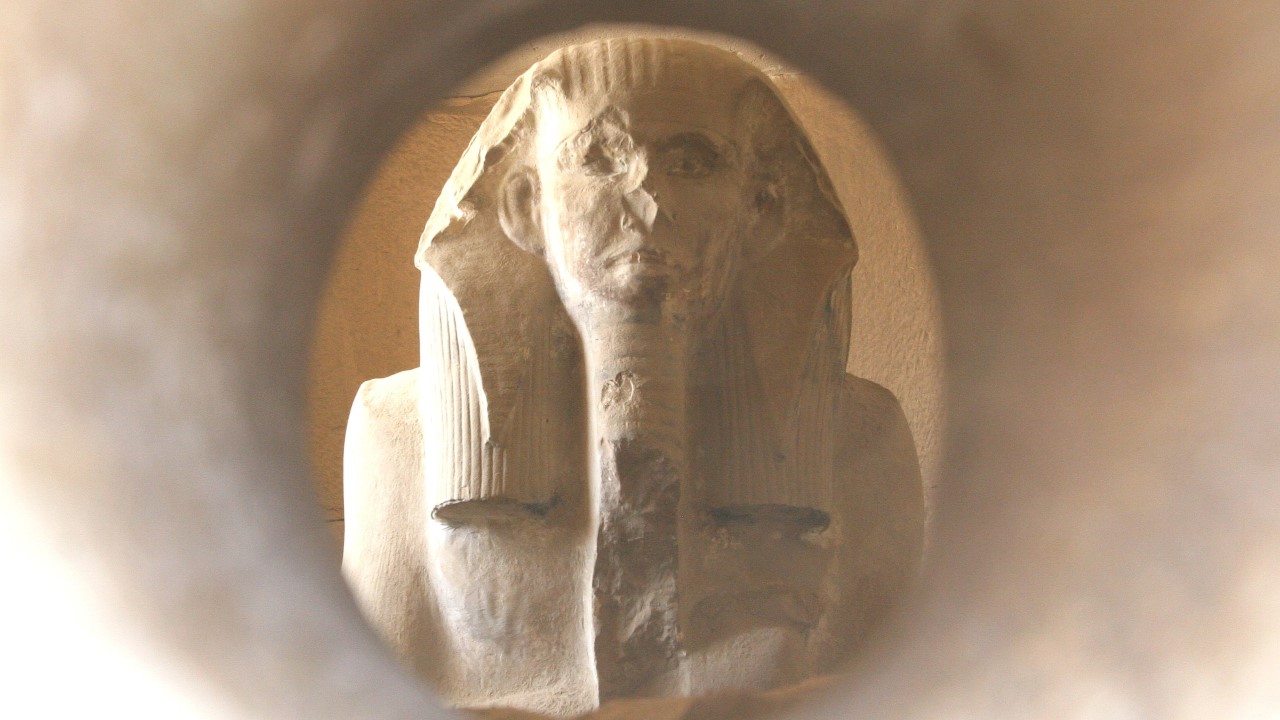
With a name that means “splendor, glory,” great things could be expected from Djoser. He delivered, founding the 3rd dynasty of the Old Kingdom in the 27th century BC.
9. Djedefre
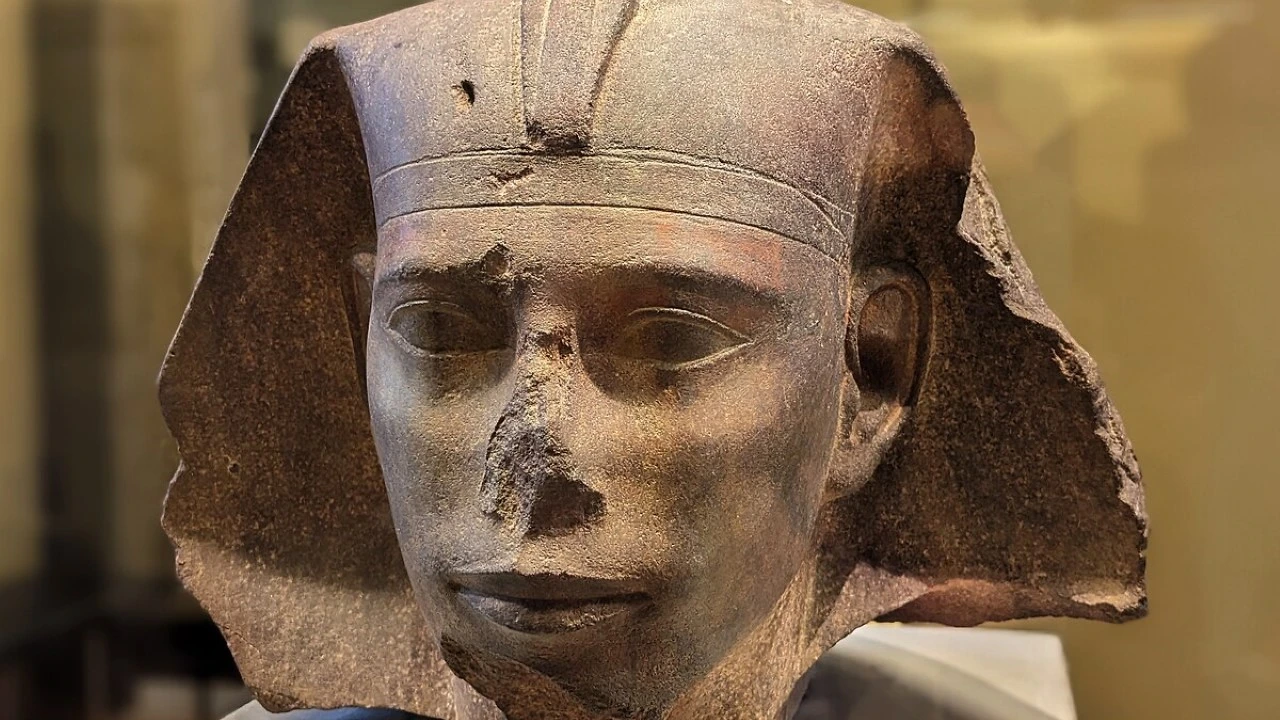
A pharaoh of the 4th dynasty in the 26th century BC, Djedefre was one of Khnum-Khufu’s sons. He had the fun quirk that his name, which means “his stability is Ra,” was sometimes written backward in hieroglyphics.
10. Akhenaton
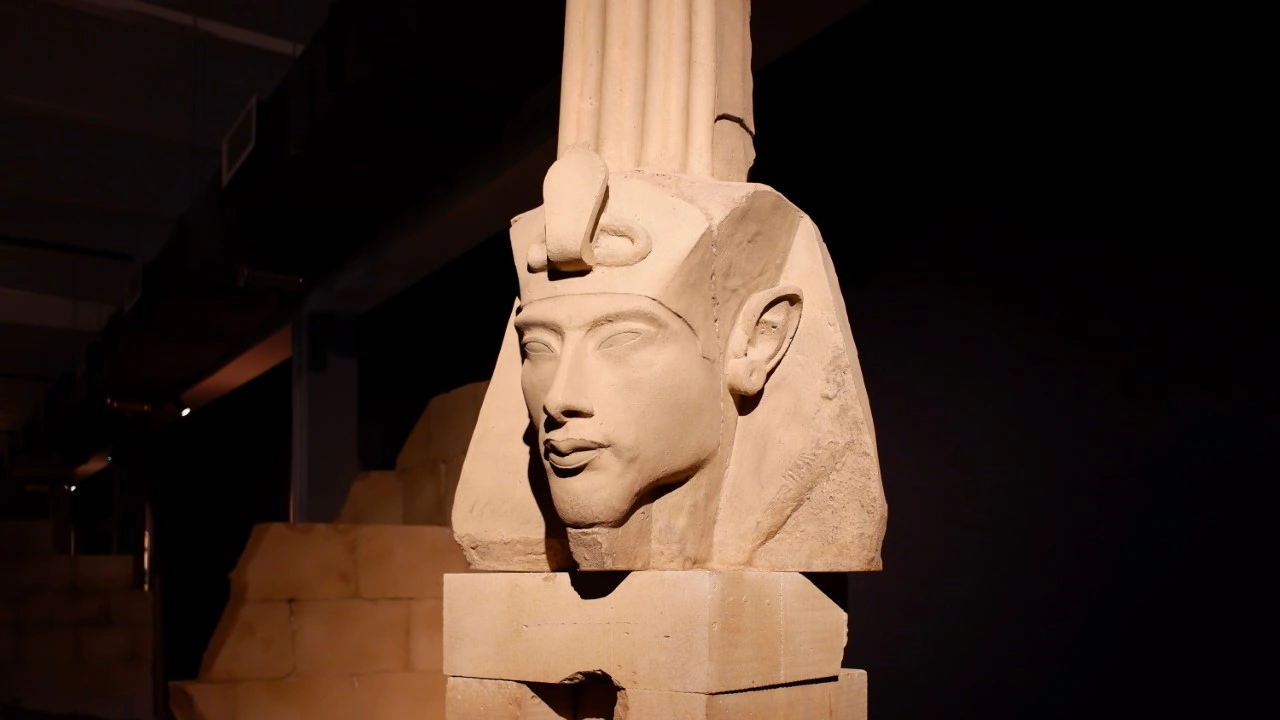
Originally called Amenhotep, Akhenaton–which means “effective of Aton”–took his name in honor of the sun god Aton. During his rule in the 14th century BC, he promoted the single worship of Aton. However, after he died, worship of multiple gods resumed.
11. Ahmose

Borne by the first pharaoh of the 18th dynasty in the 16th century BC, Ahmose means “born of Iah.” He defeated the Hyksos, removing them from Egypt. A popular name for Egyptian royalty, Ahmose was used both by pharaohs and their queens.
12. Amenhotep
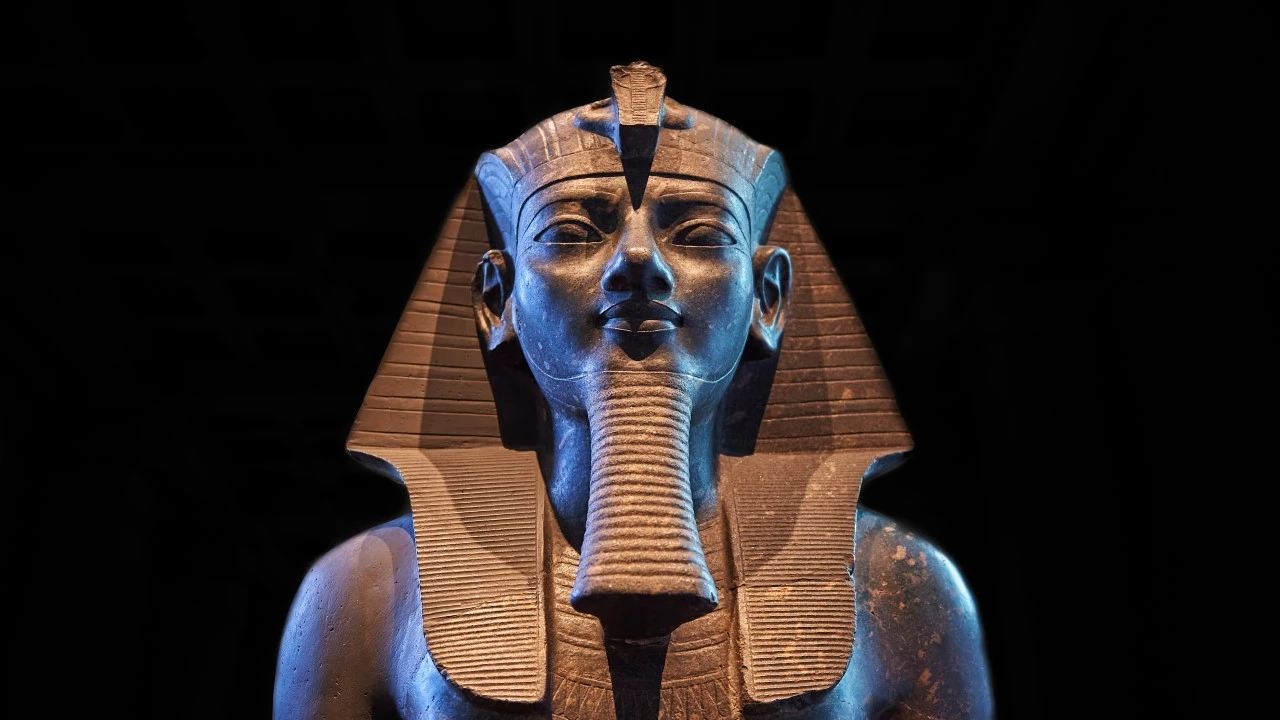
Translated as “Amon is satisfied,” this is another popular New Kingdom name for pharaohs, with four choosing it. In the 14th century BC, Amenhotep III earned the title “the Magnificent” for leading Egypt in a historically prosperous era.
13. Khafra

Ruling during the 4th dynasty in the 26th century BC, Khafra’s claim to fame is building the second-largest pyramid at Giza. Also known by the Greek form of his name, Chephren, Khafra means “he appears as Ra.”
14. Mentuhotep

The name, meaning “Montu is satisfied,” was a favorite of pharaohs, and several held it. The most famous is Mentuhotep II, who reunited a divided Egypt to create the Middle Kingdom in the 21st century BC.
15. Sobekhotep

Several pharaohs from the 13th dynasty in the 17th-19th centuries BC chose Sobekhotep as their royal name. It translates as “Sobek is satisfied.”
16. Amenemhat

Four pharaohs held the position, but the best-known was Amenemhat I, who founded the 12th dynasty in the 20th century BC. His name means “Amon is foremost.”
17. Narmer
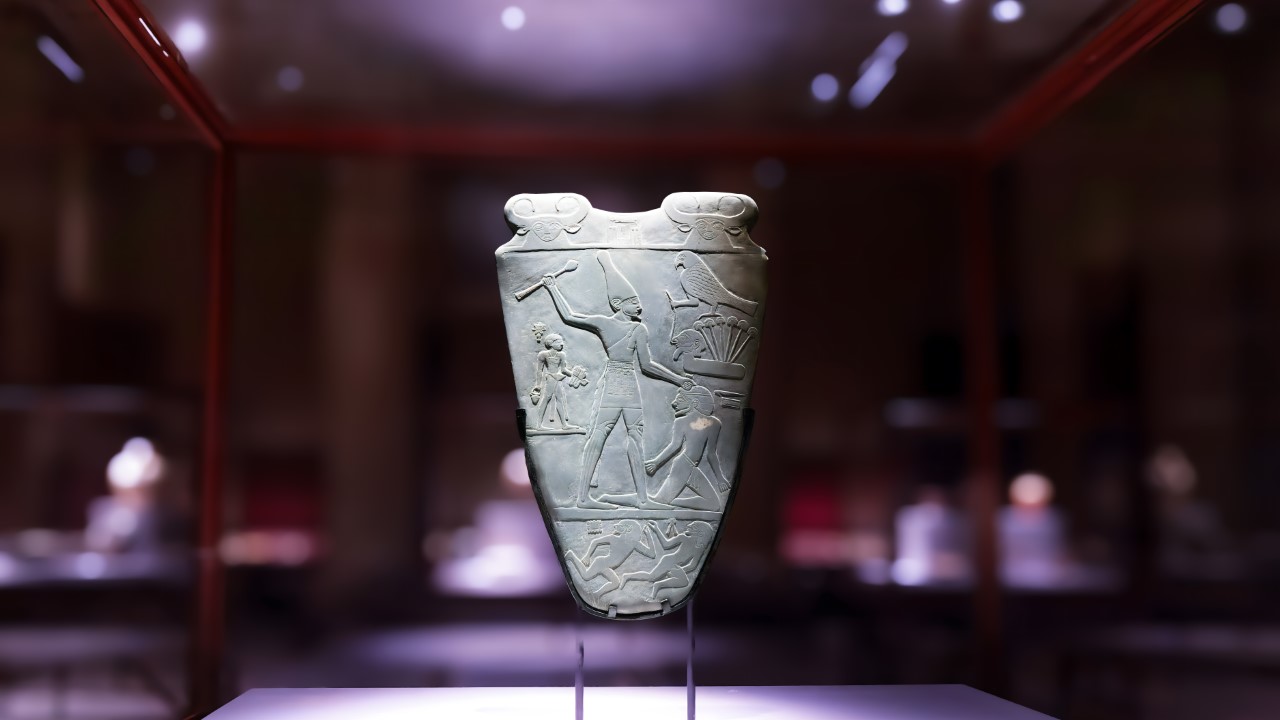
While most royal names are dedicated to gods or sing the praises of pharaohs, Narmer means “fierce catfish.” Considered the first pharaoh, Narmer united Upper and Lower Egypt in the 31st century BC. There is debate regarding whether Narmer is the same person as Menes.
18. Neferkare
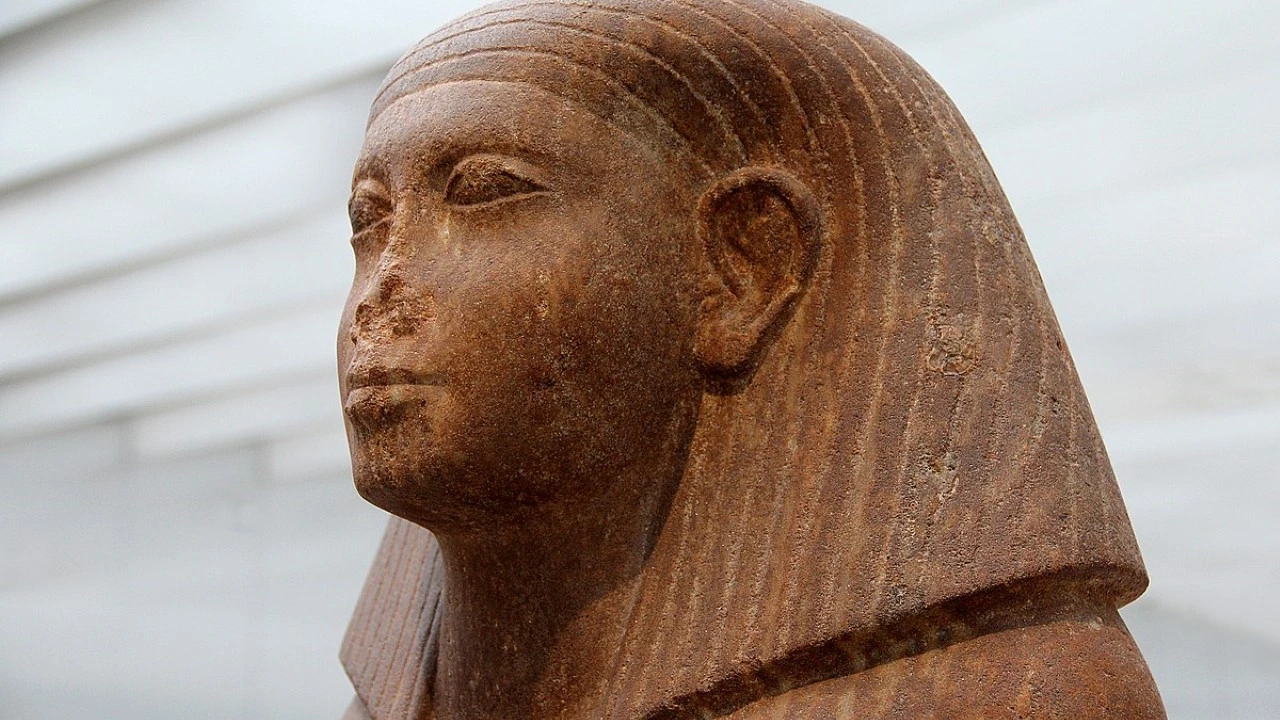
A name chosen by several pharaohs, Neferkare means “the soul of Ra is beautiful.” One such king may have ruled the Lower Kingdom during the 2nd dynasty of Egypt. Unfortunately, the name is so common that his rule can’t be confirmed without archaeological remains.
19. Seti
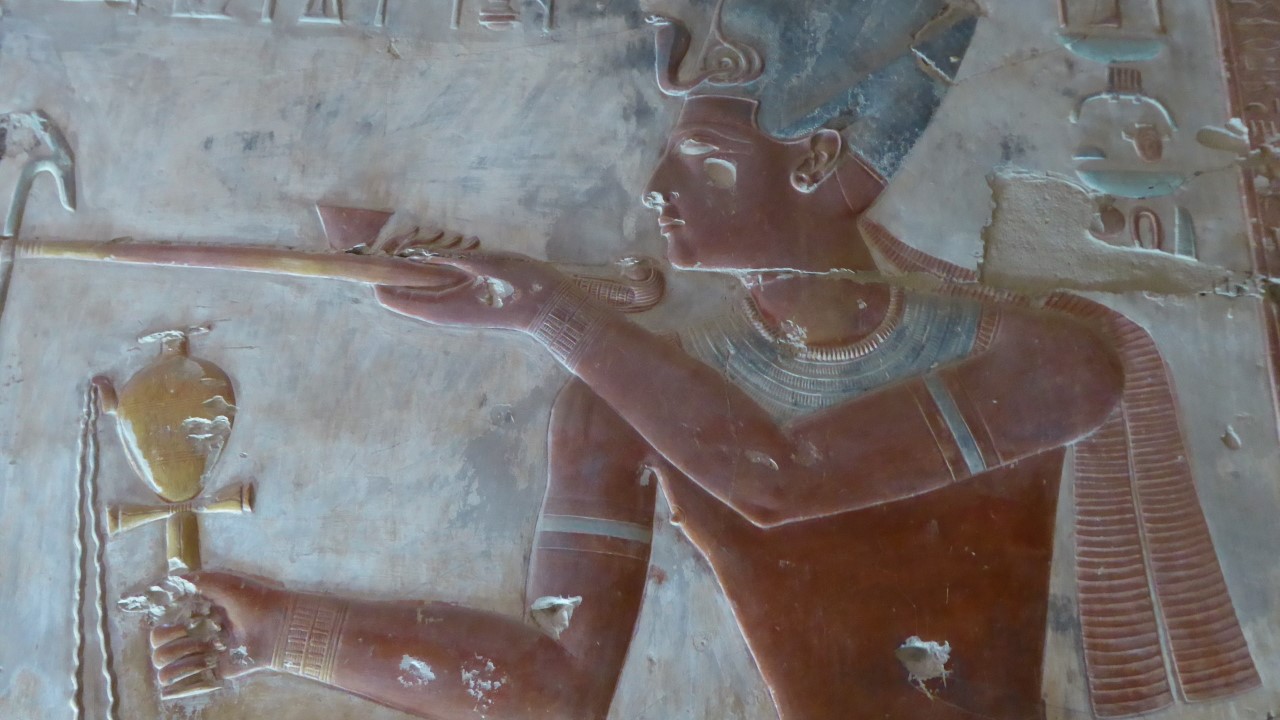
Considered by many scholars to be the greatest ruler of the 19th dynasty, Seti I helped Egypt prosper. From opening mines and quarries to fortifying the border, restoring shrines, and restarting work on Karnak, Seti I was an impressive pharaoh. His name simply means “of Seth.”
Read Next: 18 Forgotten Historical Events That Shaped the World

Every historical event has been pivotal in molding our contemporary world. Each occurrence imprints itself on society, shaping culture, politics, and technology. Whether wars or scientific advancements, these events have far-reaching effects that ripple through time.
Read Next: 18 Forgotten Historical Events That Shaped the World
Caitriona Maria is an education writer and founder of TPR Teaching, crafting inspiring pieces that promote the importance of developing new skills. For 7 years, she has been committed to providing students with the best learning opportunities possible, both domestically and abroad. Dedicated to unlocking students' potential, Caitriona has taught English in several countries and continues to explore new cultures through her travels.
